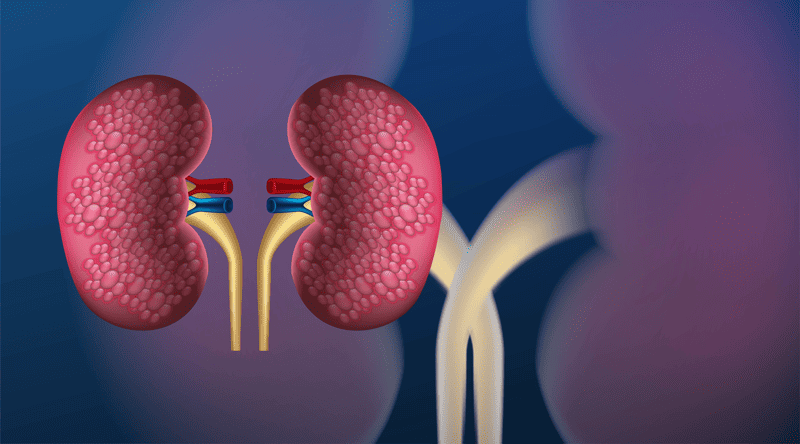Have you ever wondered if it’s possible to remove the adrenal glands? This question might seem straightforward, but there’s a lot to uncover. Join us as we delve into the world of adrenal gland surgery!
Consult an adrenal gland specialist today!

Can the Adrenal Glands Be Removed?
Yes, adrenal glands can be removed, but when and why? Here, we explore the circumstances under which these glands might be surgically extracted.
Reasons for Adrenal Gland Removal: When Is It Necessary?
Adrenal gland removal, also known as adrenalectomy, is a surgical procedure to remove one or both adrenal glands. It is typically performed to treat conditions such as:
- Adrenal tumors: This includes cancerous and noncancerous tumors, such as pheochromocytomas and aldosteronomas.
- Cushing’s syndrome: This condition occurs when the adrenal glands produce too much cortisol.
- Conn’s syndrome: This condition occurs when the adrenal glands produce too much aldosterone, leading to high blood pressure.
- Hyperadrenocorticism in dogs: This condition is similar to Cushing’s syndrome in humans and can cause excessive hair loss, weight gain, and muscle weakness.
The Procedure of Adrenal Gland Removal
Adrenalectomy, the surgical removal of the adrenal glands, can be executed using two primary methods:
- Laparoscopic Adrenalectomy: This technique is less invasive, involving multiple small cuts in the abdomen or flank area (the part between the ribs and hips). The operation is conducted using a tiny camera and surgical tools inserted through these incisions. Its advantages include reduced pain, a quicker recovery period, and a lower risk of complications compared to traditional surgery.
- Open Adrenalectomy: A more conventional method, this surgery entails a larger cut in the abdomen or flank to extract the adrenal gland. Open adrenalectomy is generally reserved for removing larger tumors or those that have extended into surrounding tissues.
Typical Procedure for Adrenalectomy:
- Anesthesia Application: Patients are administered general anesthesia for unconsciousness during the procedure.
- Making Incisions: Required incisions are made by the surgeon.
- Adrenal Gland Extraction: The adrenal gland is meticulously removed, taking care to safeguard adjacent blood vessels and nerves.
- Sealing Incisions: The cuts are then stitched or stapled shut.
Post-Surgical Care
Post-surgery, patients are kept under observation in the hospital for a few days for recovery monitoring. They might also need hormone replacement medications post-removal of the adrenal glands.
Potential Risks of Adrenalectomy
Like any surgical procedure, adrenalectomy carries certain risks, such as:
- Bleeding
- Infection
- Harm to nearby blood vessels or nerves
- Elevated blood pressure
- Decreased blood sugar levels
- Adrenal insufficiency, where the body produces insufficient hormones
It’s crucial to thoroughly discuss the potential risks and advantages of adrenalectomy with a healthcare professional to make an informed decision about undergoing the surgery.
Conclusion: Making an Informed Decision
Understanding adrenal gland removal is key to making informed health decisions. Whether for yourself or a loved one, knowledge is power in navigating these medical choices.